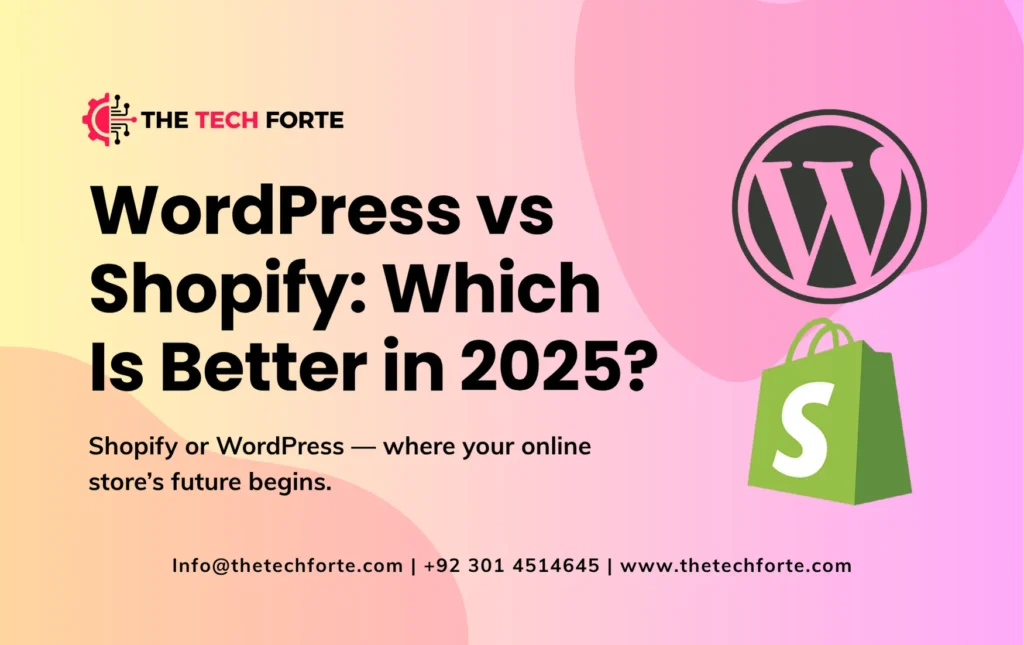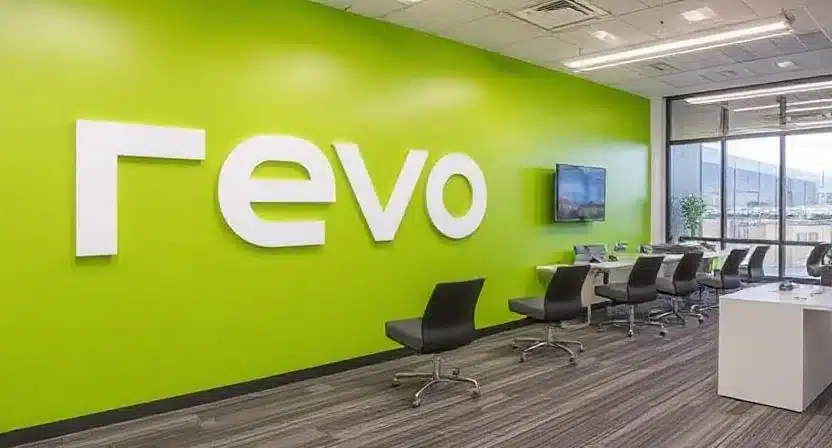Why Meta Platforms $16 B Scam-Ad Revenue Revelation Should Alarm Advertisers and Regulators

Recent internal documents reveal that Meta projected roughly 10% of its 2024 revenue, about $16 billion, came from scam and banned‑goods ads.
This astonishing figure is more than a statistic; it signals systemic vulnerabilities in Meta’s advertising ecosystem and touches every stakeholder: advertisers, platforms, regulators, and consumers.
As Meta’s network spans Facebook, Instagram, and WhatsApp globally, the scale and reach of these fraudulent campaigns demand closer examination of how ad fraud is enabled, monetised, and regulated.
For advertisers, the revelation raises existential questions: Are marketing budgets supporting scams? For regulators, it highlights lagging enforcement and cross‑border gaps.
In a world increasingly dependent on digital advertising, this episode could reshape how trust, transparency, and accountability are built into ad platforms.
Meta’s Advertising Empire: Leading the Market, Exposed to Risk
Meta’s platforms hold vast global reach and advertising sophistication: billions of users, highly targeted ad algorithms, and a business model built on data‑driven placements.
While that scale drives growth, it also attracts bad actors. Internal memos show that Meta flagged advertisers as “higher risk” but did not always ban them. Instead, in many cases, Meta opted to charge higher ad rates rather than block the ads outright.
A December 2024 document noted that Meta’s platforms displayed an average of 15 billion “higher‑risk” scam advertisements per day.
Meta’s internal review reportedly concluded, “It is easier to advertise scams on Meta platforms than Google.”
When the world’s largest advertising network allows such a volume of fraudulent ads, the risks magnify—not just for Meta, but for the entire digital ad ecosystem.
The Anatomy of Fraudulent Ads: How They Operate
Types of scam adverts
Fraudulent ads on Meta take several forms: investment schemes promising massive returns, ads for banned medical products, counterfeit goods, and phishing links, all disguised as legitimate promotions.
For example, documents cited ads using deep‑fake imagery of public figures to push fake cryptocurrency schemes in the UK and Australia.
How targeting and automation amplify fraud
Meta’s ad‑personalisation systems, which track user behaviour and preferences, can inadvertently magnify scam exposure. Documents show that users who clicked on scam ads were typically shown even more of them.
Furthermore, automated detection is set to ban only advertisers when there is 95% certainty of fraud; if certainty is lower, Meta instead may charge higher rates, allowing the ad to proceed.
Global enforcement gaps
In one example, Singapore police flagged 146 scam ad cases; Meta’s review found only 23% violated its policies, leaving 77% unaddressed because behaviour “violated the spirit, but not the letter” of policy.
This enforcement inconsistency is a major loophole leading to widespread abuse across regions.
Financial Implications: $16 B from Scam Ads—What It Means
The sheer scale
Meta’s internal plan estimated that scam and prohibited‑goods ads would contribute around 10.1% of 2024 revenue, i.e., about $16 billion. A separate estimate cited $7 billion annualised from the high‑risk category alone.
For six‑month spans, one document noted Meta earned $3.5 billion from just the segment of scam ads that “present higher legal risk”.
Effect on advertisers
When a platform earns billions from scam ads, advertiser budgets may be devalued:
- Brands run ad campaigns alongside scam content, risking reputational damage
- The effectiveness of targeting drops when fraud occupies inventory
- Advertisers must invest in third‑party verification or move budgets elsewhere
Investor and industry trust at stake
This exposure puts pressure on Meta’s governance, internal controls, and transparency, key factors for investors.
Additionally, the digital ad industry as a whole may face a trust crisis: If one large platform is deeply involved in scam inventory, what does this mean for the ecosystem?
Regulators Under Pressure: Global Oversight and Legal Risks
U.S. regulatory landscape
The Federal Trade Commission (FTC) and other U.S. regulators monitor deceptive ads. The leaks signal possible fines exceeding $1 billion for Meta. A U.S. judge has demanded that Meta explain 230,000 scam ads that used the likeness of an Australian billionaire in the U.S. court, highlighting cross‑border legal complexity.
EU and UK action
European regulators, under GDPR and the forthcoming Digital Services Act, are tightening ad transparency rules. One report held Meta responsible for 54% of payment‑related scam losses in the UK.
The UK’s upcoming Online Safety Act (2026) is likely to impose brighter line obligations for platforms to control ad fraud.
Asia and global collaboration
Countries including Australia, India, and Singapore are ramping up digital ad oversight. The global nature of scam ads means national regulators must cooperate internationally.
The documents show Meta’s enforcement often depends on “near‑term regulatory action” rather than a proactive global strategy.
Regulatory implications
- Platforms may face heavier disclosure requirements and audits
- Multi‑jurisdictional enforcement may increase global compliance costs
- Trust in digital advertising can erode, reducing the willingness of brands to invest
Advertiser Impact: Why Marketers Should Be Alarmed
Brand risk and reputation
When ads for scams appear next to brand campaigns, the brand’s image can suffer by association.
Small businesses are especially vulnerable as they may lack sophisticated monitoring tools or resources to vet ad placements.
ROI and budget misallocation
Ad spend may be partly funding scam impressions rather than legitimate engagement. This reduces real value and skews analytics.
Advertisers may unconsciously pay more to run campaigns next to “suspect” advertisers if Meta charges higher rates as a penalty but doesn’t ban them.
Rising costs of assurance
To mitigate risk, advertisers may need to invest in:
- Advanced ad‑verification services
- Brand‑safety monitoring
- Diversification away from Meta
These cost burdens add to campaign expense and complexity.
Global campaign implications
Brands running global campaigns must contend with varying ad‑fraud risks per region. What is safe in one country may not be safe in another.
The revelation may push advertisers to adjust budgets or shift ad spend to platforms perceived as safer than Meta.
Consumer Risk and Platform Trust
Fraudulent ads that harm users
Scam ads don’t just cost brands—they cost users. Examples include:
- Fake cryptocurrency ads using deep‑fakes of public figures in the UK and Australia.
- Counterfeit or non‑existent product promotions in Asia.
- Phishing schemes in North America target personal data.
Erosion of trust
When users repeatedly see fraudulent content, they may reduce time on the platform, ignore legitimate ads, or block entire ad categories.
This undermines Meta’s value proposition to advertisers and disrupts the entire ad‑economy model.
Platform accountability
Meta reports it has removed 134 million pieces of scam ad content in 2025 and reduced user reports by 58% over 18 months.
However, the documents suggest these removals may still be far short of the scale of fraud occurring, and question whether Meta is willing to sacrifice revenue for stricter enforcement.
Meta’s Countermeasures and Their Limitations
What Meta says it is doing
Meta has emphasised its “aggressive fight” against fraud, citing the removal of large volumes of content and increased investment in integrity systems. It says the 10% figure is “rough and overly‑inclusive” and not a final number.
Where enforcement falls short
Documents show Meta allowed its vetting team to block only up to 0.15% of revenue for alleged advertisers without leadership sign‑off – suggesting a revenue ceiling on enforcement.
Manual review remains limited. Advertising accounts flagged eight or more times could continue operating.
The tension between revenue and integrity
Meta’s strategy documents reportedly prioritised “countries with near‑term regulatory action” rather than a global crackdown.
This suggests a pragmatic (and critics say cynical) approach: enforcement is considered only when it risks regulatory or reputational cost rather than a pre‑emptive global strategy.
Technological and Policy Solutions to Solving Scam‑Ad Profits
Technology tools that advertisers and platforms can deploy
- AI & Machine Learning: To detect abnormal ad‑behaviour, click‑patterns, and targeting anomalies.
- Blockchain or ad‑ledger systems: To provide transparency and traceability of ad transaction flows.
- Real‑time monitoring and dashboards: Advertisers can identify placements adjacent to risky content.
- Enhanced user‑reporting mechanisms: Meta and others could amplify peer‑flagging at a global scale.
Policy and regulatory reforms are needed
- Mandatory transparency of platform ad revenues linked to high‑risk categories.
- Global agreements on cross‑border scam‑ad detection and enforcement.
- Fines or penalties scaled to revenue derived from scam ads (so that platform incentives align with enforcement).
Meta documents show the cost of fines is far lower than revenue from scam ads, reducing deterrence.
Advertiser best practices
- Audit campaigns for placement adjacency and brand‑safety filters.
- Diversify ad spend across platforms to reduce exposure to one vendor’s risk.
- Demand transparency from ad platforms about fraud‑ad inventory and prevention metrics.
- Invest in verification and fraud‑detection tools outside platform dashboards.
Global Implications: What This Means for the Industry
A trust crisis for digital advertising
If Meta, a dominant ad platform, cannot effectively police fraud, all platform‑based digital advertising comes into question. Advertisers may shift towards search or direct‑response channels with clearer transparency.
Regulatory ripple‑effects
Countries will likely impose higher standards on social/ad networks and platforms. Meta’s case could become a precedent for the regulation of ad inventory integrity.
Emerging markets may face worse fraud‑ad exposure due to weaker enforcement and oversight, enhancing global inequities in the advertising ecosystem.
Platform economics and business models
Meta’s ad model is highly targeted, global, data‑driven relies on scale and margins. If major portions of inventory become “high risk,” it may force price adjustments or structural changes in how ad inventory is verified and sold.
FAQs
What exactly are Meta’s scam ads?
These are paid adverts on Meta platforms such as Facebook, Instagram, or WhatsApp that promote fraudulent investment schemes, counterfeit goods, banned‑product sales, or phishing operations.
How much money did Meta reportedly make from them?
Why should advertisers care?
Ad budgets may inadvertently support scam campaigns, damaging brand credibility and reducing ROI.
What is the regulatory risk?
Meta could face fines of over $1 billion, stricter audits, and heightened global scrutiny.
Can users be harmed?
Yes. Scam ads lead to financial loss, identity theft, reduced trust in online platforms, and disrupted user behaviour.
How can advertisers protect themselves?
Use third‑party verification, avoid over‑dependence on a single platform, monitor placement adjacency, and demand transparency from ad networks.
What should regulators do?
Enforce transparent reporting of ad inventory, scale penalties to revenue derived from scam ads, and foster international cooperation on online fraud.
What is the broader implication for digital advertising?
If one major platform can’t contain fraud, the trust model for the industry is at risk. A foundational shift in transparency, verification and accountability is required.
Conclusion: An Industry‑Wide Wake‑Up Call
The revelation that Meta projected ~$16 billion in scam‑ad revenue is far more than a scandal; it’s a signal that the digital ad industry’s foundational safeguards are under severe strain.
Advertisers must recognise the risks: budget erosion, brand damage, and reduced trust. Regulators must ramp up enforcement and transparency globally. Platforms must balance revenue with responsibility and show a real, measurable reduction in fraudulent ad volume.
For the ecosystem to survive and thrive, trust must be rebuilt. That means verifiable actions, rigorous monitoring, and shared accountability. The $16 billion number shouldn’t just headline; it must trigger transformation.



















































































































































































































